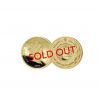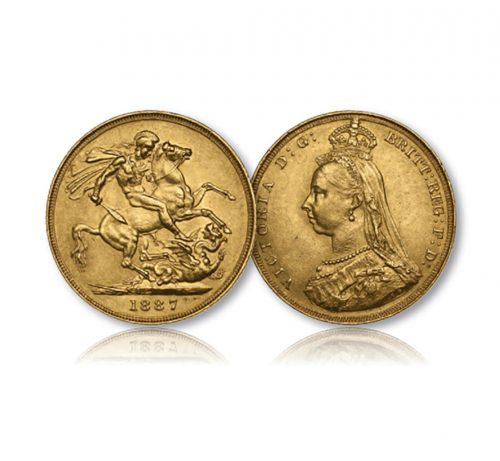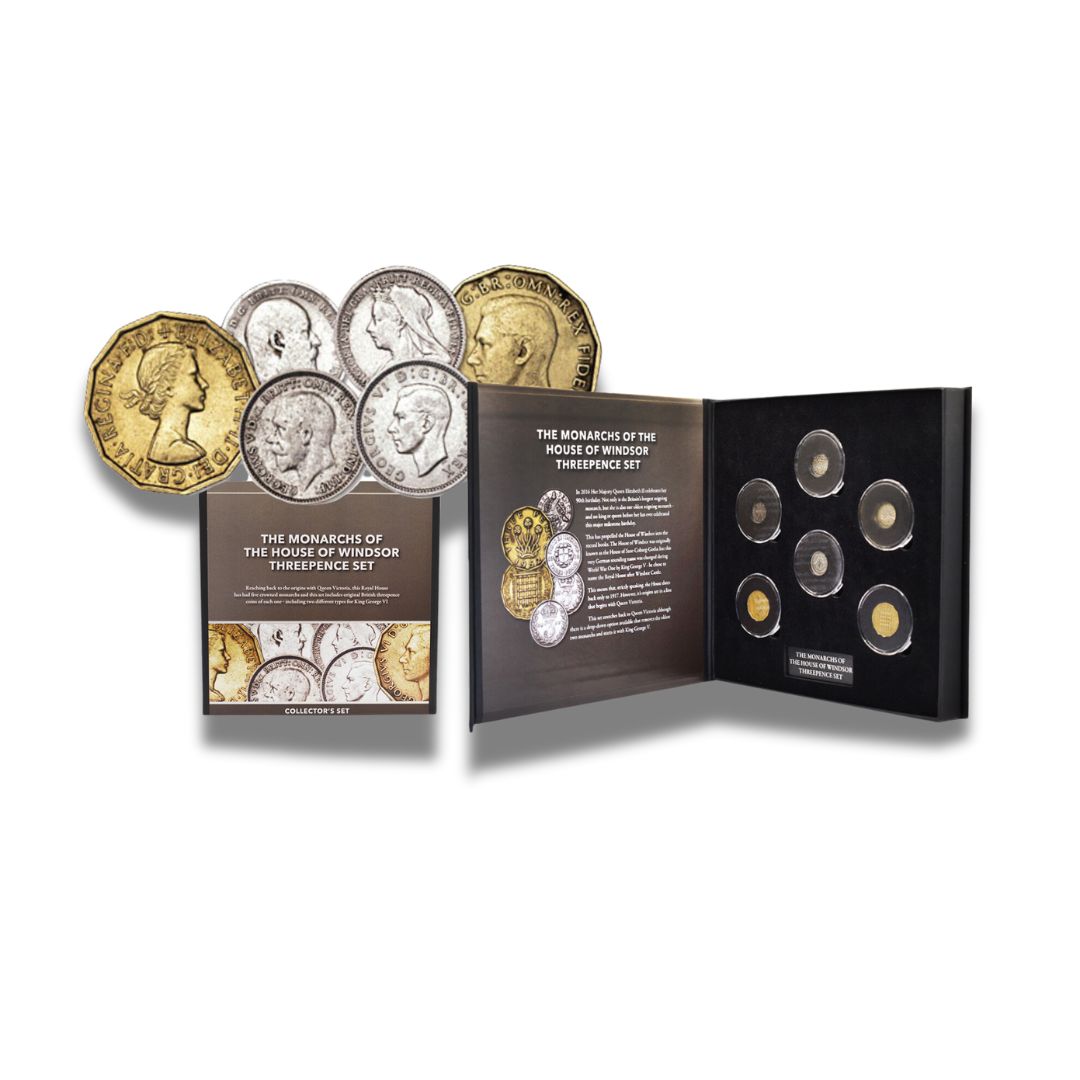Description
The Queen Victoria Jubilee Portrait Gold Sovereign of 1887 – The only British Sovereign in ‘yellow gold’
In 1887 to coincide with the Golden Jubilee of Queen Victoria’s long reign it was deemed fit that a new likeness of the Queen should be created for the coinage. For half a century Victoria had appeared as a teenager and by the time her Golden Jubilee came around a new likeness was greatly overdue.
As the introduction of the portrait coincided with the Golden Jubilee it has become known as the ‘Jubilee Head’ or ‘Jubilee Portrait’. It was adapted from a model prepared by the Austrian-born sculptor Joseph Edgar Boehm. It presented a middle-aged jowly queen with a disproportionately small crown on top of her widow’s veil.
The portrait met with considerable disfavour, not so much because the depiction was inaccurate – Victoria was, after all a 68 year old widow by this stage – but because this hardly looked like the Queen that commanded an Empire upon which the sun never set. Therefore, in 1893 it was replaced by the ‘Veiled Head’ portrait.
This meant that the Queen Victoria Jubilee Head was one of the shortest-lived portraits in the history of British coinage. Certainly, as far as the gold coinage was concerned, there were only six dates of gold sovereign produced, which makes the Jubilee Portrait one of the shortest-lived types of the entire gold sovereign series.
The first year of this type – 1887 – is significant to collectors not only as the first year of the type but also because it is the only British sovereign struck in what is known as ‘yellow gold’.
With the introduction of a new portrait the Royal Mint was uncertain how the gold coinage would look, especially as the new portrait had a much finer level of detail.
To ensure a high standard of production they decided to soften the gold by adding 1.25% silver to the alloy which was usually 91.7% gold and the remainder copper (for strength). By replacing 1.25% of the copper with silver, the natural golden colour was enhanced and the coins of 1887 looked more ‘yellow’.
This was only ever carried out in one year – 1887. Tests with the usual alloy proved acceptable, so in the following year the silver was not added to the alloy, making the 1887 coins a one-year-only alloy.
The sovereign featured the classic depiction of St George slaying the dragon – a design that has become synonymous with the British sovereign – but for the first time since 1821 St George was depicted with a flowing streamer from his helmet which had been part of the original design of the first sovereign in 1817.
Significantly, the 1887 coin is also the lowest mintage of all six years of Jubilee Portrait sovereigns: just 1.1 million coins. This means the 1887 sovereign accounts for less than 4% of the Jubilee Portrait coins struck across six years.
As both the first date, and the lowest mintage of its type, along with being the only year ever struck in ‘yellow gold’, the 1887 sovereign is one of the most significant collector coins of the Victorian Age






